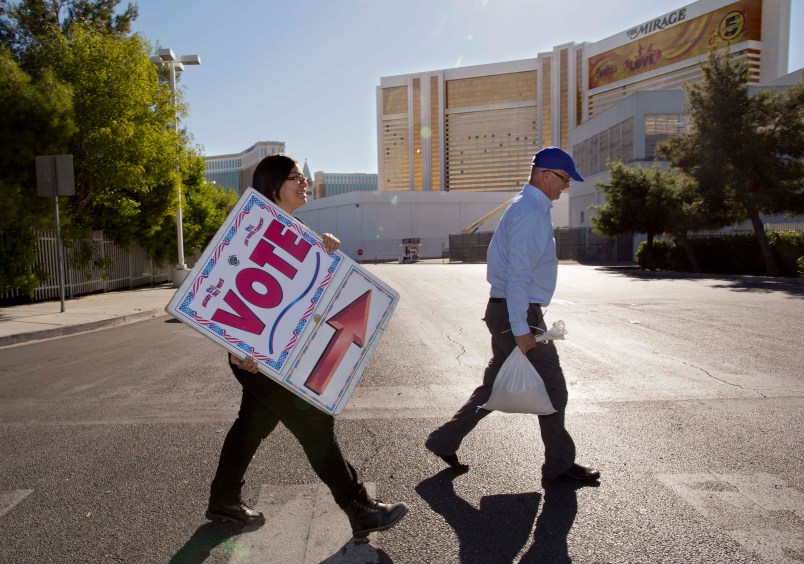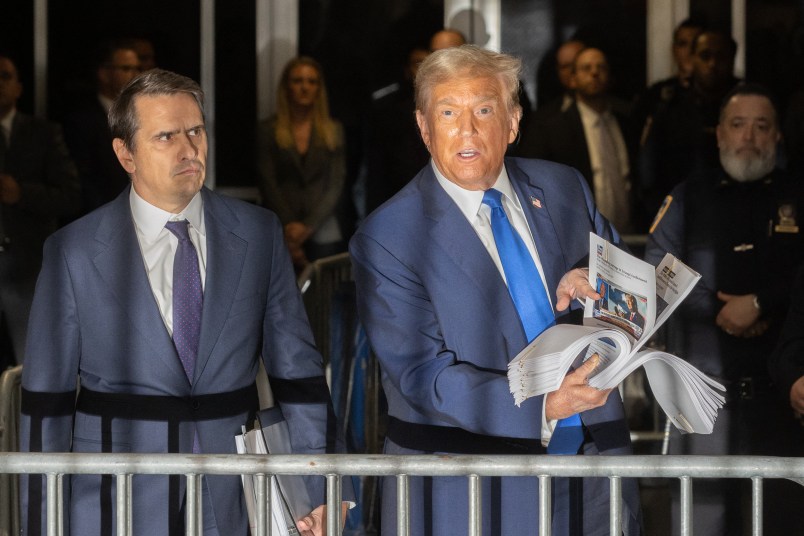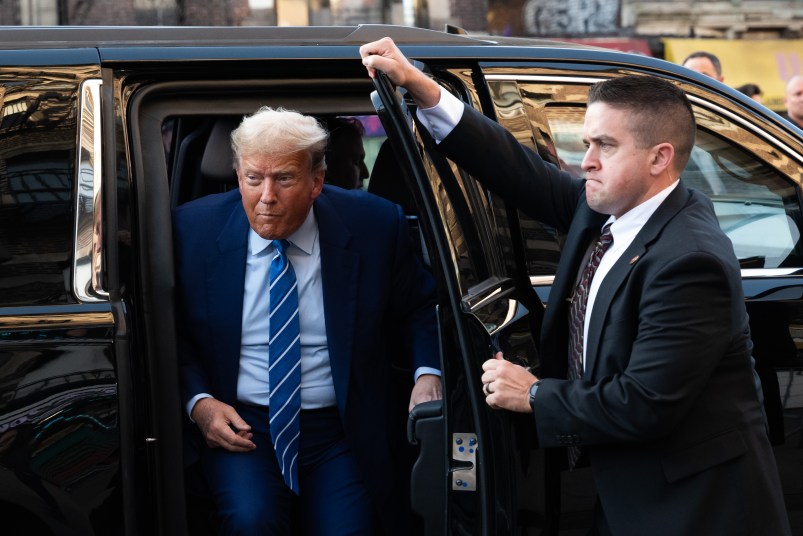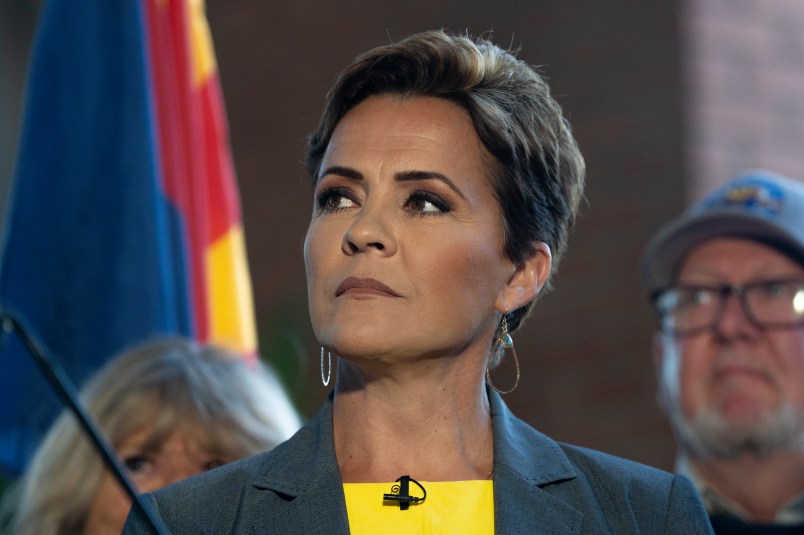WASHINGTON (AP) — Non-Hispanic whites with American Indian ancestry make up a full half of the current population of mixed-race Americans but are among the least likely to say that they are multiracial, according to a study released Thursday.
This population is also the more likely to be Republican-leaning and conservative than the rest of the multiracial population, finds the study by the Pew Research Center. But they may someday be eclipsed by other multiracial Americans, with the majority of mixed-race babies born in 2013 being either biracial white and black or biracial white and Asian.
The Census Bureau estimates the number of multiracial Americans at 2.1 percent of the adult population. During its survey, Pew asked people about their race, the race of their parents and the race of their grandparents. With those numbers, however, the “Multiracial in America” report finds that 6.9 percent of the population in the United States is of mixed race.
That’s a big jump from the past and points to a population that is expected to grow, said Kim Parker, Pew’s director of social trends research. In 1970, among babies living with two parents, only 1 percent had parents who were different races from each other. By 2013, that share had risen to 10 percent.
“From 2000-2010 that multiracial population grew three times as fast as the overall population,” Parker said. “And when we look at the number of babies being born that are mixed race and the rise in interracial marriage, we can see that not only is it continuing to grow but the growth could accelerate in the future.”
The largest group of multiracial adults is biracial white and Native American, the report said, with 50 percent of the multiracial adults claiming that dual ancestry. Black and American Indian adults make up 12 percent of the multiracial population, while those with a white and black background make up 11 percent.
The biracial white and American Indians are also the one group “whose members are the least likely to consider themselves ‘multiracial,'” the report said. Biracial white-Asian adults were the most likely to say they were multiracial and to consider themselves multiracial.
For many multiracial adults, their experiences are similar to those who identify themselves as single races. For example, 40 percent of mixed-race adults with a black background said they have been unfairly stopped by the police because of their racial background. However, only 6 percent of biracial white and Asian adults and 15 percent of white and American Indian adults said they have had this experience.
Racial identity can be fluid for some people and fixed for others, Parker said. Thirty percent of the multiracial adults said they had described themselves as something other than multiracial earlier in their lives, she said.
“Being multiracial is not just a sum of the races in your family tree,” she said. “It’s also part of experiences and upbringing and it also can be fluid and change over the life course or when an individual is in a certain set of circumstances.”
Biracial white and American Indians are the only multiracial group that leans toward the GOP, with the Republican Party holding a 53-42 percent advantage over the Democrats, the report said. All of the other mixed-race groups — white-Asian, black-white, black-Native American, and black-white-Native American — favored the Democrats by large numbers.
Like the rest of the United States’ demographics, the composition of the mixed-race Americans is changing, the report noted. Thirty-six percent of mixed race babies born in 2012 were biracial white and black and 24 percent were biracial white and Asia. Only 12 percent were white and American Indian, Parker said.
“That doesn’t necessarily dictate how they will identify when they grow up, but it’s sort of an indicator of maybe a shifting composition,” she said.
___
Jesse J. Holland covers race, ethnicity and demographics for The Associated Press. Contact him at http://www.twitter.com/jessejholland
___
Multiracial in America report: http://www.pewsocialtrends.org/2015/06/11/multiracial-in-america
Copyright 2015 The Associated Press. All rights reserved. This material may not be published, broadcast, rewritten or redistributed.









